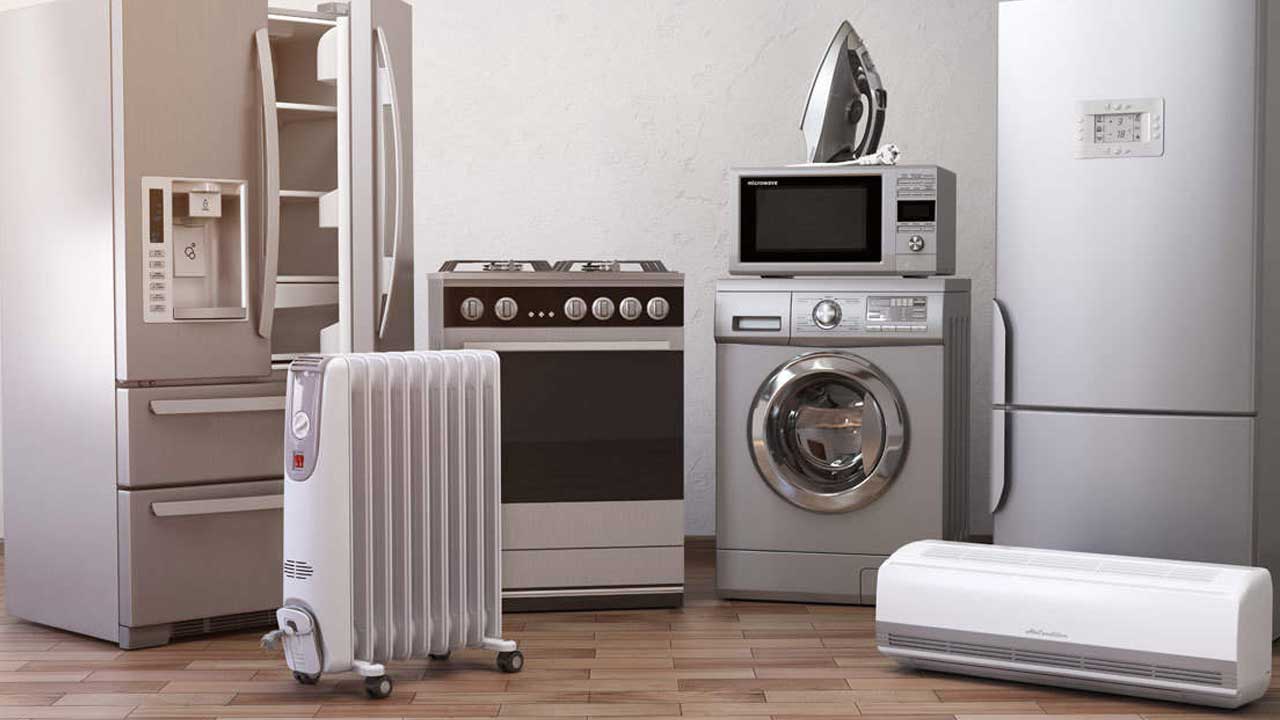Market Outlook for 06th December 2024
Consumer Durables: Innovation and urbanisation are driving forces

Last Updated: 9th December 2022 - 06:23 pm
Here's a performance analysis and future prospects of the consumer durables market in India.
Marketers from all over the world are attracted to the Indian consumer durables sector, which is generally split between urban and rural markets. The sector is comprised of a sizable middle class, a sizable rich class, and a small economically destitute group. Global corporations consider India as a critical market from which further growth is anticipated. By 2025, the consumer electronics and appliances market, which was valued at USD 9.84 billion in 2021, will have increased to USD 21.18 billion.
According to estimates, the Indian markets for air conditioners, refrigerators, and washing machines will each generate USD 3.82 billion, USD 8.43 billion, and USD 3.84 billion in revenue, respectively. The India Cellular and Electronics Association (ICEA) states that India's laptop and tablet manufacturing business might be worth USD 100 billion by 2025. Smartphone shipments climbed by 11% year on year in 2021, with 169 million units supplied. India's smartphone market sales will reach USD 38 billion in 2021, up 27% year on year. Due to rising consumer usage of wireless headsets, the headset market in India is estimated to reach USD 77 million by 2027 at a CAGR of 4.7%.
Due to rising demand from major cities such as Mumbai, Hyderabad, Delhi, and Bangalore, the Indian dishwasher market is expected to approach USD 90 million by 2025-26. In FY18, India's flat-panel television (LED, LCD, HD, and UHD) market was valued at USD 9.05 billion, and it is expected to grow at a CAGR of 9.25 per cent to USD 16.24 billion by FY24. In 2021, TV shipments climbed by 24% year on year, while the smart TV market increased by 66% year on year. Increased holiday shopping prompted e-commerce enterprises to report USD 9.2 billion in revenue across platforms in October and November 2021.
Outlook
The Indian consumer electronics industry is estimated to develop at a CAGR of 6.5% between 2022 and 2030, reaching USD 125 billion. Rising disposable income, growing urbanisation, and the launch of new items are anticipated to boost industry growth. Demand for flat refrigerators, washing machines, and televisions is increasing due to a decrease in product penetration relative to global levels, urbanisation, and rising consumer disposable income. Imports from low-cost countries such as China and Southeast Asia have expanded as a result of free trade agreements and the availability of low-cost goods compared to domestic manufacturing costs.
Global market participants want to boost their local manufacturing in India, changing it into an export centre, in order to efficiently fulfil rising local demand as well as export demand to neighbouring areas, the Middle East, and Africa. However, as a result of free trade agreements, Indian manufacturers are presently facing barriers such as an inverted tariff system, which makes Indian manufacturing uncompetitive for white goods such as air conditioners, refrigerators, and washing machines. This situation is exacerbated by the inapplicability of the Modified Special Packages Scheme (MSIPS) in several consumer durables, as well as increased excess duties, an underdeveloped and insufficient local supplier base, and high manufacturing and capital costs due to rapidly changing energy efficiency regulations.
The market is expanding due to reasons including increasing income and urbanisation, better product affordability, product innovation, the availability of more product types, simpler consumer financing, and an increase in the percentage of organised retail. Local value-addition levels and investment will increase as a growing number of OEMs aim to localise their products in India.
Financials
In the past fiscal year, from FY21 to FY22, the PAT of the consumer durable industry increased by 8.3%, while sales increased by close to 23% and operating profit increased by 0.5%. In this case, we can clearly see the influence of inflation, which resulted in greater raw material costs that enterprises were unable to pass on to their customers.
Voltas Ltd contributed 16% of the total market capitalization of the consumer durables industry as of June 2022, followed by Honeywell Automation India Ltd, Crompton Greaves, Consumer Electricals Ltd, Dixon Technologies (India) Ltd, and Whirlpool of India Ltd with contributions of 12.99%, 10.82%, 10.73%, and 9.74%, respectively.
KDDL Ltd, Hindware Home Innovation Ltd, PG Electroplast Ltd, and Borosil Ltd all had triple-digit PAT increases as well as double-digit sales and operating profit growth. Surprisingly, roughly 33 per cent had a double-digit PAT rise. However, 24% of the businesses had negative PAT growth. In terms of industry PAT growth, IT (hardware), watches, and accessories grew by 443% and 271%, respectively, followed by air conditioners and electronics.
- Flat ₹20 Brokerage
- Next-gen Trading
- Advance Charting
- Actionable Ideas
Trending on 5paisa
Market Outlook Related Articles
Disclaimer: Investment in securities market are subject to market risks, read all the related documents carefully before investing. For detailed disclaimer please Click here.
 Sachin Gupta
Sachin Gupta
 5paisa Research Team
5paisa Research Team




